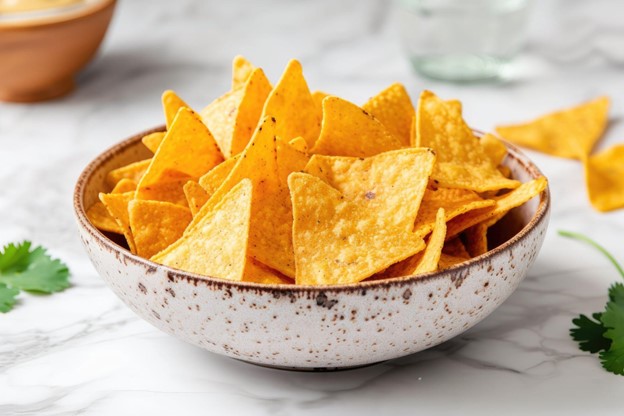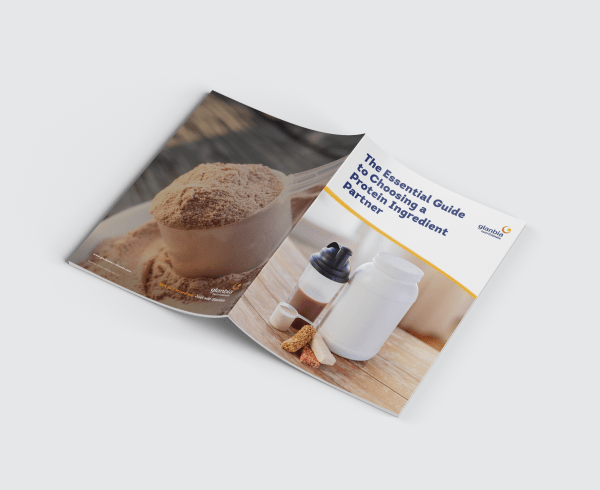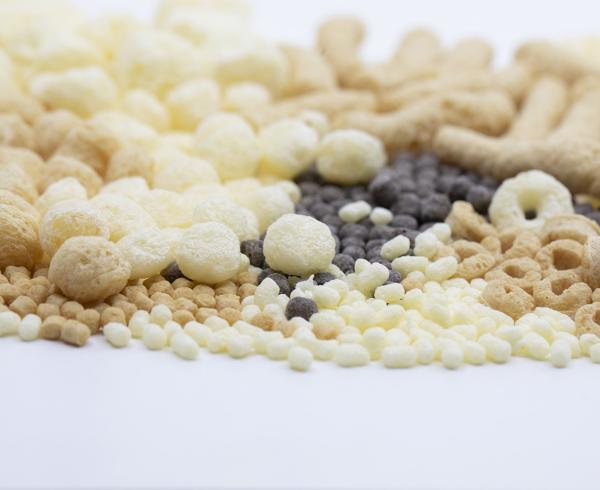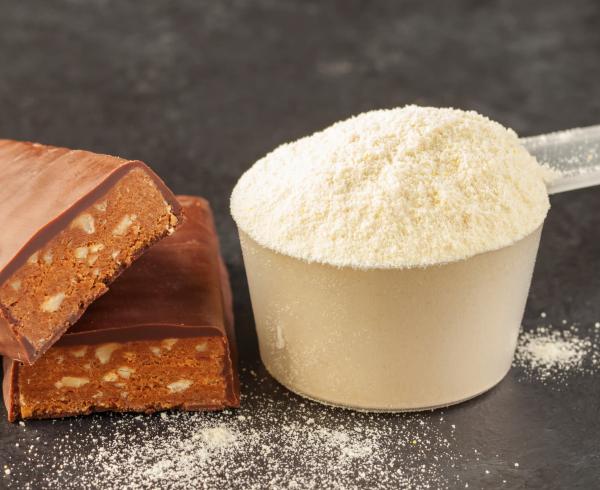Developing innovative high-protein savory snacks like chips, pretzels, and puffs or sweet baked goods like cookies, muffins, and brownies relies on selecting the optimal protein ingredient, ideally tailored for these applications. Functional proteins, available in dairy and plant-based options, offer a neutral taste and texture benefits that enable high protein levels without sacrificing the sensory experience.
Brand Growth through Protein Snacking
Aligning with the protein trend can help a brand to stand out as a healthier choice to consumers and boost brand recognition. With strong interest across generations, there is opportunity in developing protein-fortified savory snacks, sweet baked goods, snacking cereals, and confections, as well as innovative protein bars, using functional proteins, both dairy and plant-based.
Successful brands like Quest Nutrition and Power Crunch show that expanding into new formats and addressing consumer preferences for sweet and savory options can help companies build excitement, recognition, and loyalty in this growing market.
To learn more about adding protein to your snacks, contact Glanbia Nutritionals.







